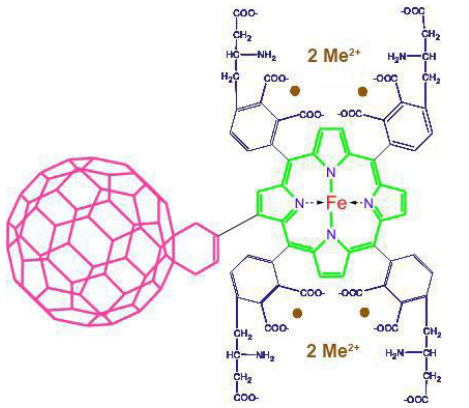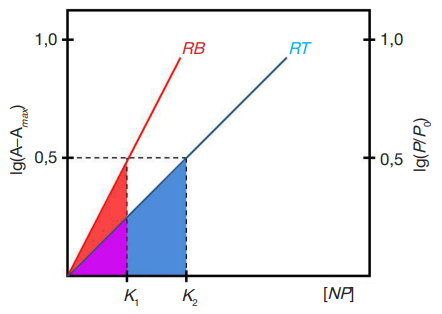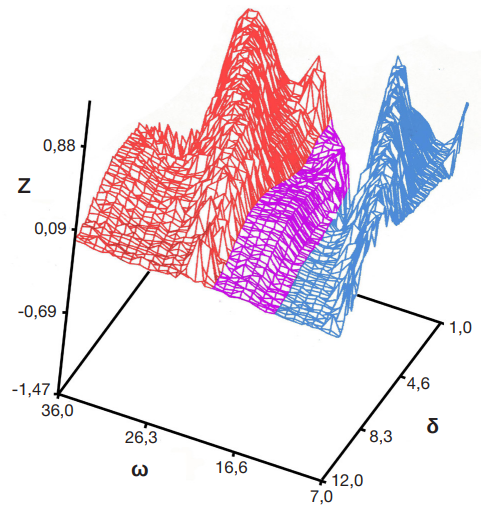
ORIGINAL RESEARCH
Towards a computational prediction for the tumor selective accumulation of paramagnetic nanoparticles in retinoblastoma cells
1 Department of Mathematics and Computer Science, University of Southern Denmark, Odense, DK-5230, Denmark
2 N. N. Semenov Institute of Chemical Physics, Russian Academy of Sciences, Moscow
3 Department of Medical Nanobiotechnologies,Pirogov Russian National Research Medical University, Moscow
Correspondence should be addressed: Dmitry A. Kuznetsov
Ostrovityanova 1, Moscow, 117997; ur.liam@onanzuk
Acknowledgments: this work was performed due to an exceptional technical assistance kindly provided by Erasmus-Plus DK06811/2020 Program associates affiliated with the Southern Denmark University at Odense, Denmark, and, most specifically, by Ms. Patricia Wladycziewski, SDU Erasmus chief supervising officer.



